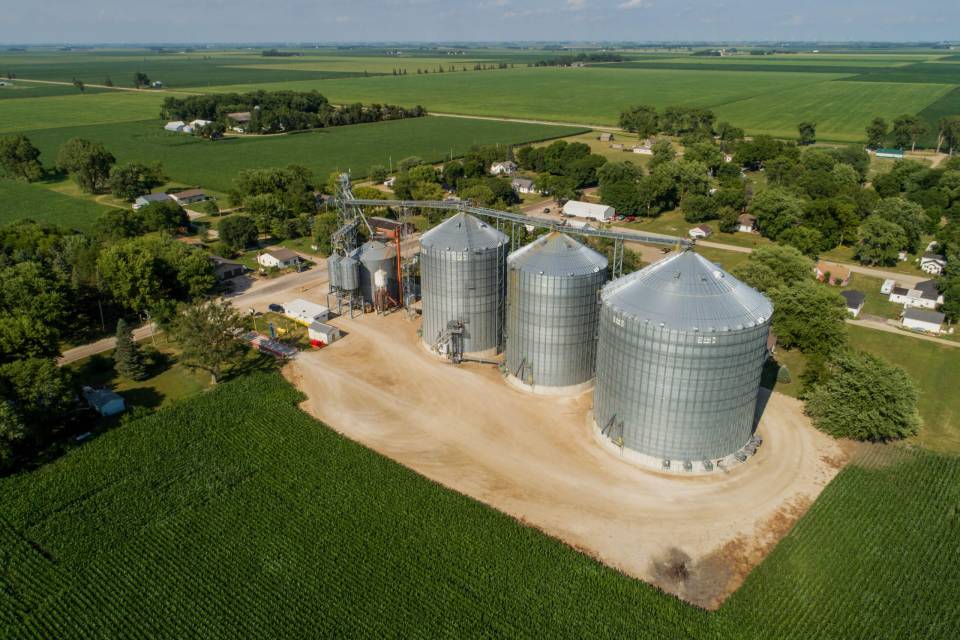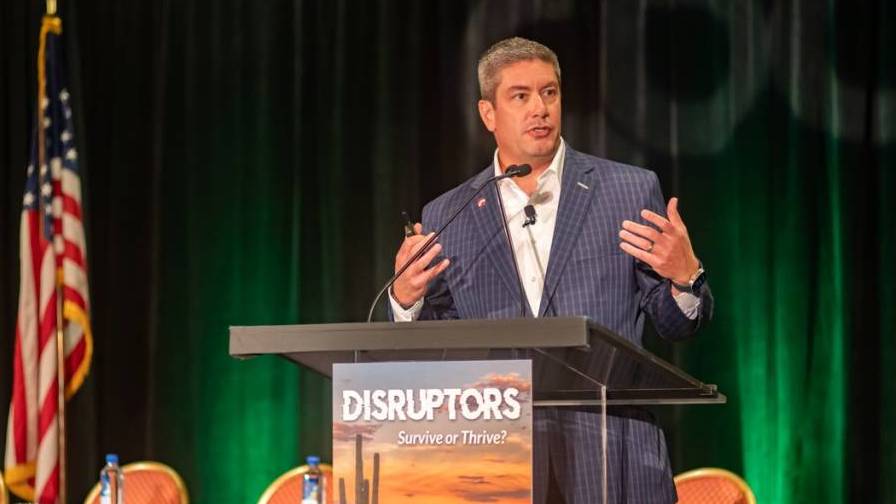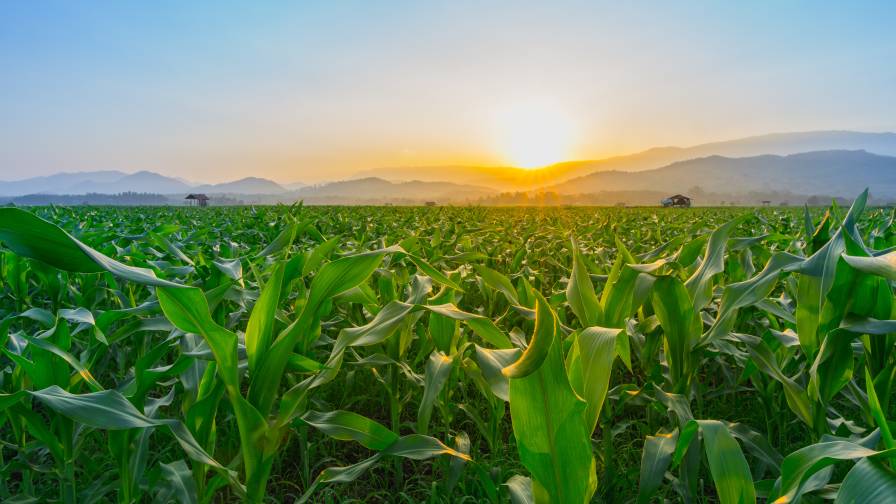WSSA: Herbicide Strategy Update a Win for Endangered Species, Farmers
The latest updates to a U.S. EPA herbicide strategy is a win for endangered species and for farmers, crop consultants and other land managers, according to a Weed Science Society of America (WSSA) spokesperson.
“The updates announced last week show that the EPA is listening to the concerns of agricultural groups, and is trying to make the process easier to implement and easier to understand, which should greatly help everyone to protect endangered species,” says Bill Chism, Chair, WSSA Endangered Species Act Committee. “The update also shows that the EPA is taking the public comments very seriously and is modifying its strategy based on those comments.”
On April 16, 2024, the EPA announced an update to its July 2023 Draft Herbicide Strategy to protect endangered species. In the April document, the agency proposed mitigation tactics that can be implemented to reduce spray drift, runoff and erosion in order to reduce impacts to endangered species and their critical habitat. While the EPA is currently welcoming additional feedback, it intends to provide its final strategy to the public by August 30, 2024.
Once the Herbicide Strategy is finalized, the EPA will incorporate those mitigation approaches and options into herbicide labels. “The courts have told the EPA that they must consider the Endangered Species Act when registering pesticides,” says Chism. “The process of protecting listed species and their critical habitats from the impacts of pesticide applications is just beginning. The WSSA is working with the EPA, Fish and Wildlife Service, National Marine Fisheries Service, and the USDA to provide scientifically based data to help decision makers develop mitigations with the least impact on production agriculture.”
The EPA received many comments on its July 2023 Draft Herbicide Strategy. In its April 2024 update, it proposed providing educational materials to help users understand the amount of mitigation needed in specific situations. “It’s very important to help applicators, consultants, Extension agents, and growers to understand their role in protecting endangered species, and how changes in production practices will help to do so,” says Chism. “In its latest update, the EPA states that it will provide educational materials to help in the process.”
Further, EPA proposed to expand mitigation measures for minor and specialty crops, and to potentially reduce the mitigation measures required in fields that have already adopted conservation practices that reduce pesticide runoff or in fields where runoff is minimal. The EPA is also working with the Fish and Wildlife Service and other groups to develop a process to improve the maps of where listed species are found.
“More detailed maps would have the dual benefit of ensuring that mitigation efforts are focused where they will have the most positive impact on threatened and endangered species while reducing the number of crop fields affected by pesticide restrictions or subject to costly mitigation approaches,” says Stanley Culpepper, WSSA Past President. “The new mapping initiative will change the impact from herbicide strategy, vulnerable species pilot, and every strategy that follows for the good of science, agriculture and wildlife.”
More information about sustainable weed control strategies can be found at www.wssa.net. To read the EPA’s April, 2024 Draft Herbicide Strategy, click here.





